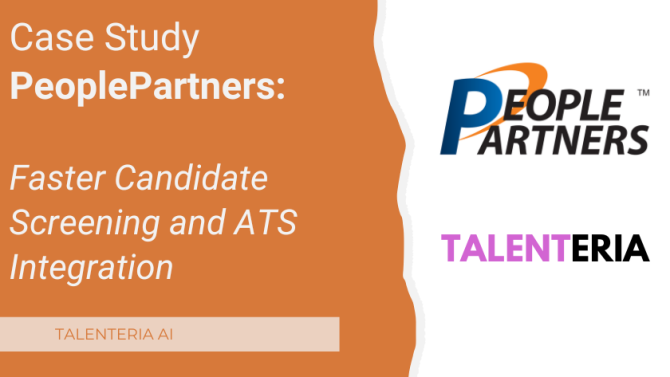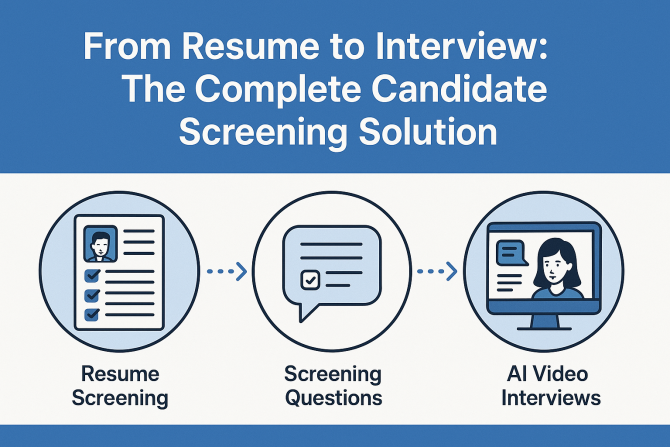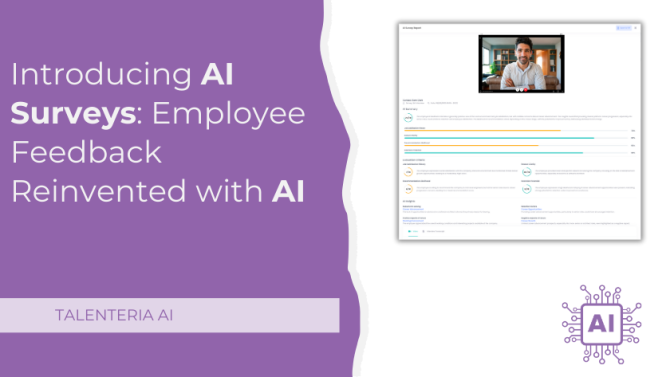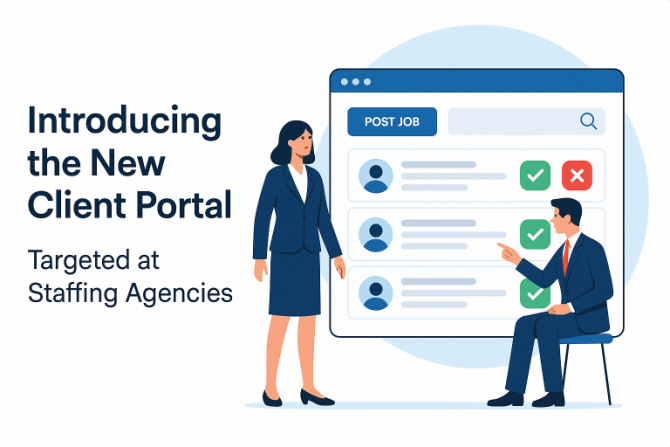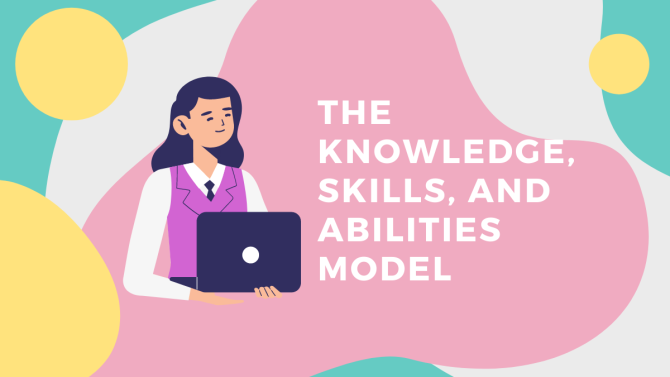
The Knowledge, Skills, and Abilities Model
In the HR industry, KSA stands for Knowledge, Skills, and Abilities. Recruiters often use this term to define an applicant’s qualities and capabilities as they relate to a job opening and compare candidates to make the final decision.
The KSA is often presented as an addition to the job application and requires applicants to answer job-related questions, usually in the form of a short narrative or essay. Each answer will be then assessed on a scale from 1 to 100 as to whether – and how closely – it matches the qualification needed for the position.
The KSA used to be associated with the Federal government of the United States and its agencies, which used the model to hire experts for a long time. Today, many organizations have discontinued the use of a full-form KSA as a method to find the most suitable candidate for a job.
Even though resumés and cover letters have almost replaced KSA statements, the latter have not disappeared completely. Employers tend to call KSA by other names these days, such as Professional Technical Qualification or Quality Ranking Factors.
Defining Knowledge, Skills, and Abilities
Knowledge, Skills, and Abilities can all be used as three subheadings of job descriptions, CVs, and resumés. With that being said, all three attributes can describe a candidate, an open role, or both. Let’s find out what each of the elements is all about.
1. Knowledge
Knowledge is all the information the applicant has gathered and is ready to apply at work. Note that knowledge does not only refer to theory – having read dozens of articles about programming languages won’t make you a hacker. Your candidate should have experience applying this knowledge in practice, too. Otherwise, they cannot be considered qualified.
For instance, knowledge can include such practices as:
- Document management practices (knowledge about writing, preparing, and managing documents)
- Engineering practices (knowledge about engineering and design in a particular industry)
- Federal regulations (knowledge about the laws that are required by the Federal government)
2. Skills
Skills are a set of capabilities developed through verbal, mental, manual experience, practice, or training. This usually implies processing information, handling processes, as well as dealing with people at the workplace on a daily basis.
Skills are subdivided into hard skills and soft skills.
Examples of hard skills:
- Foreign language proficiency
- Marketing skills
- Computer technology
- A degree
- Data analysis
Examples of soft skills:
- Problem-solving
- Flexibility
- Responsibility
- Self-motivation
- Public speaking
3. Ability
If you think skill and ability are the same things, you are not the only one. However, there’s a subtle difference between them: a skill means performing, whereas ability refers to the capacity to perform.
In other words, skills can be enhanced, but abilities are natural, inner talents that cannot – or are very hard to – improve, as they reflect a person’s character, mentality, and frame of mind.
Abilities may include:
- Creativity
- Leadership
- The ability to orchestrate/organize things
- The ability to think rationally
- The ability to negotiate competently
Frankly speaking, these three elements are three dimensions of a person’s qualifications. However, some critics of the KSA model claim that these attributes might be too difficult to differentiate, so the KSA principle can’t be used to fully evaluate someone’s capabilities.
Let’s touch upon the pros and cons of the KSA model in general.
Pros and Cons of the KSA Model
Benefits of KSA
- KSA provides a clear picture of the qualifications that are particularly important when performing a certain role or job. By differentiating between mandatory and desirable KSAs, it becomes even easier to separate essential skills and core competencies from secondary requirements.
- The narrative or essay form of the candidate’s KSA statement helps allows you to assess some of their skills and experiences, and that might not be fully be emphasized on the resumé.
- A KSA statement that matches the job requirements will help you quickly detect a suitable candidate, speeding up the hiring process.
Drawbacks of KSA
- Lengthy and redundant statements.
- The terms are often seen as interchangeable and easy to confuse.
As we’ve mentioned before, many companies have implemented another way to seek and recruit a potential employee, as the drawbacks seem to outweigh the good sides. Instead of lengthy and confusing KSAs, HR managers now prefer evaluating candidates’ qualifications with the help of their resumés and/or cover letters. Without a doubt, a CV is shorter and easier to read.
If you’re an employer and haven’t figured out yet whether using CVs or KSAs would be more beneficial to your business, you can always turn to our experts at Talenteria. Our HR professionals will provide you with all the modern recruiting tools and help you find the best candidates to fill your open positions by promoting your company and jobs as a professional marketer.
How to Write a KSA
A KSA is a great opportunity for a job candidate to demonstrate what they know and capable of when applying for a job. Just like resumes, KSA statements can be well written or poorly structured.
A decent KSA should contain certain details about the candidate’s capabilities and touch upon the following elements:
- Skills the applicant owns that are appropriate for your open role
- A challenge the candidate faced in a past job
- Applicant’s role in the situation
- Actions the candidate took to solve the issue
- Results and outcome
Applying the KSA Model to Your Organization
All three elements of KSA – knowledge, skills, and abilities – partially make up a job candidate’s personal and professional profile. Although the terms may seem quite similar, there are, however, distinct differences in their definitions.
Knowledge and skills are best developed through training activities that incorporate theoretical learning and hands-on application of key concepts and tools. Strengthening natural abilities is primarily a coaching challenge. Observation, feedback, and improvement can be applied to nurture abilities.
Both recruiters and job seekers are interested in ending the hiring process as quickly as possible, so the clearer and more well-structured job descriptions and resumés are written, the sooner both parties will enjoy the fruits of their mutual work.
To make the recruiting process as clear and streamlined as possible, check out Talenteria, the new-gen career portal and recruitment marketing platform! Publish job postings, accept applications, and more - automate your processes and boost your ROI.
